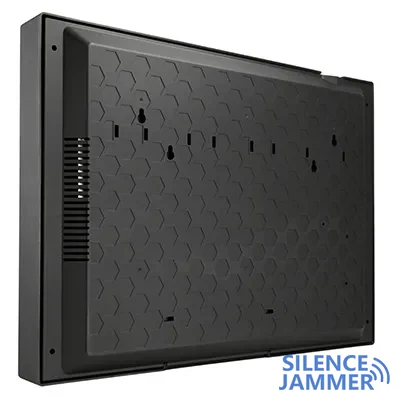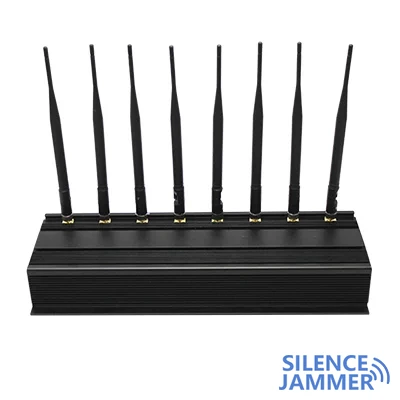Change channel and frequency band
Adjusting the channel and frequency band of wireless devices can avoid frequency bands with more interference, thereby reducing the impact of interference.
step:
- Log in to router settings: Log in to your Wi-Fi router management interface through a browser.
- Choose a channel: Choose a channel with less interference in your wireless setup (use a Wi-Fi analysis tool to help with selection).
- Switch frequency band: If your device supports the 5 GHz band, you can switch to the 5 GHz band to avoid congestion in the 2.4 GHz band.
Enhance signal strength
By increasing the router's transmit power or using a signal booster, you can improve the coverage and strength of your wireless signal and reduce the impact of interference.
step:
Check your router settings: Make sure your router's transmit power is set to the highest setting.
Use a signal booster: Install a Wi-Fi signal booster or repeater in areas with weak signals.

Physical shielding
Use shielding materials to block the propagation of interfering signals. For example, use metal mesh or specific shielding materials to wrap the interference source or interfered equipment to form a Faraday cage effect.
step:
Determine the shielding material: Choose a suitable shielding material, such as metal mesh or shielding cloth.
Install shielding materials: Install shielding materials around the source of interference or the device being interfered with.
Test effect: Observe the signal changes after shielding to confirm whether the interference is reduced.
Use interference suppression technology
Modern wireless devices and routers often have built-in interference suppression technology, such as MIMO (Multiple Input Multiple Output) technology, which can effectively reduce interference and you can find if there a signal jammer near,close it.
step:
- Check device support: Confirm whether your device supports MIMO technology or other interference suppression technologies.
- Enable related features: Enable these features in your device settings to optimize wireless signal transmission.
Reporting and Collaboration
If the source of interference is from a neighbor or public place, timely communication and reporting can also help resolve the interference problem.
step:
Communicate with neighbors: Communicate with neighbors in a friendly manner, coordinate the use of wireless signals, and avoid channel overlap.
Report interference: If the source of interference is difficult to resolve by personal means, report it to your local radio regulatory authority or law enforcement agency.
Stopping interfering signals requires a combination of methods, including identifying the source of interference, adjusting wireless settings, physical shielding and the use of advanced technology. Through these means, you can effectively reduce or eliminate the impact of interference signals on wireless communications and ensure the stability and reliability of the network. In addition, timely communication and collaboration can also help solve interference problems and jointly create a good wireless communication environment. We hope that the suggestions and methods provided in this article can help you deal with the challenges of interference signals and ensure the normal operation of wireless devices.



